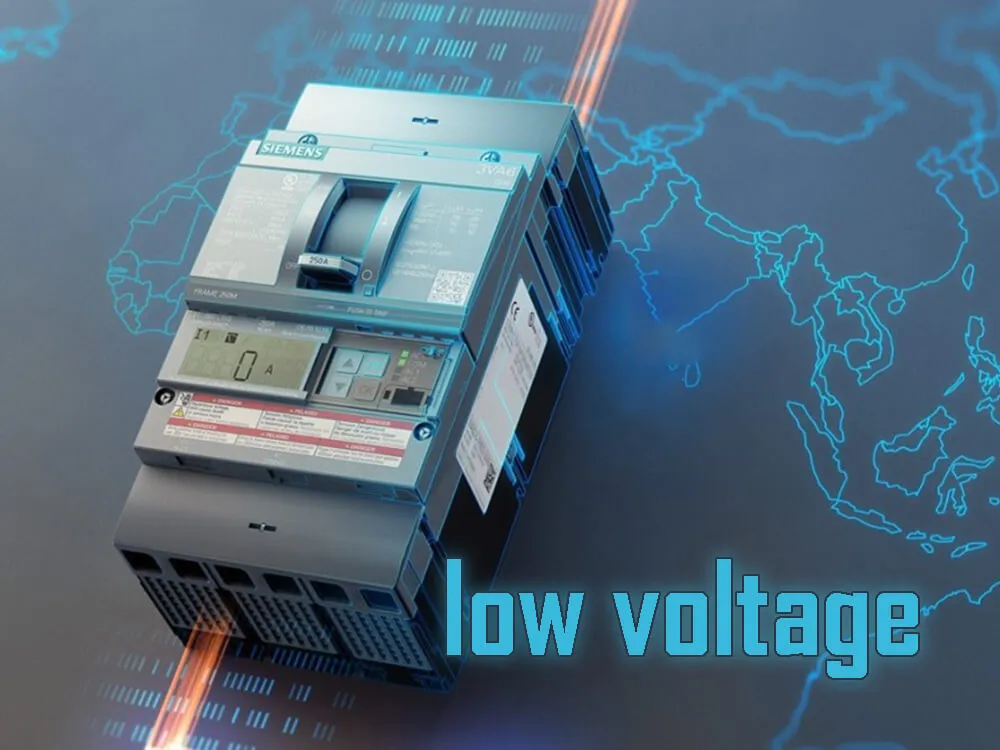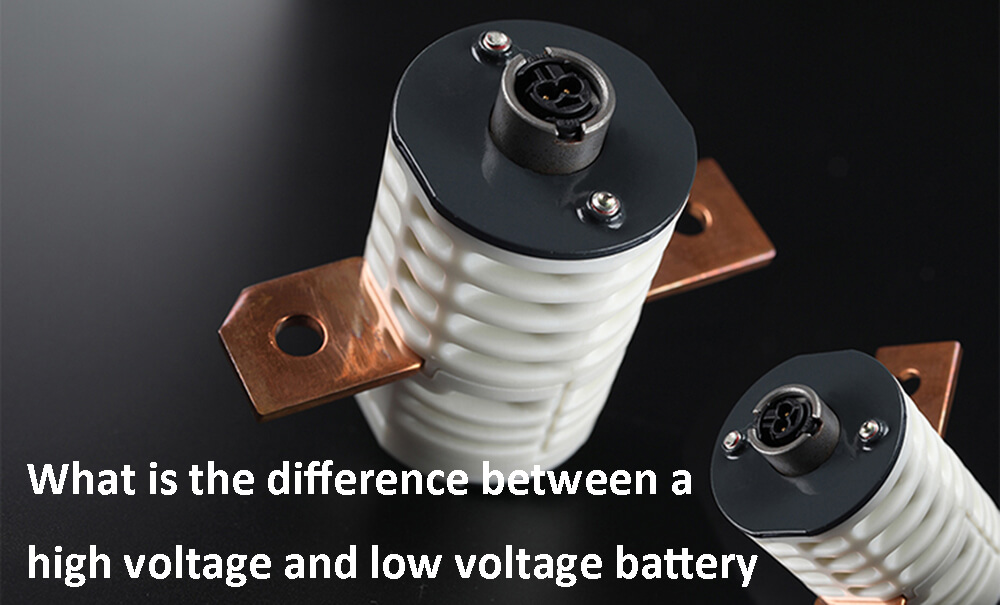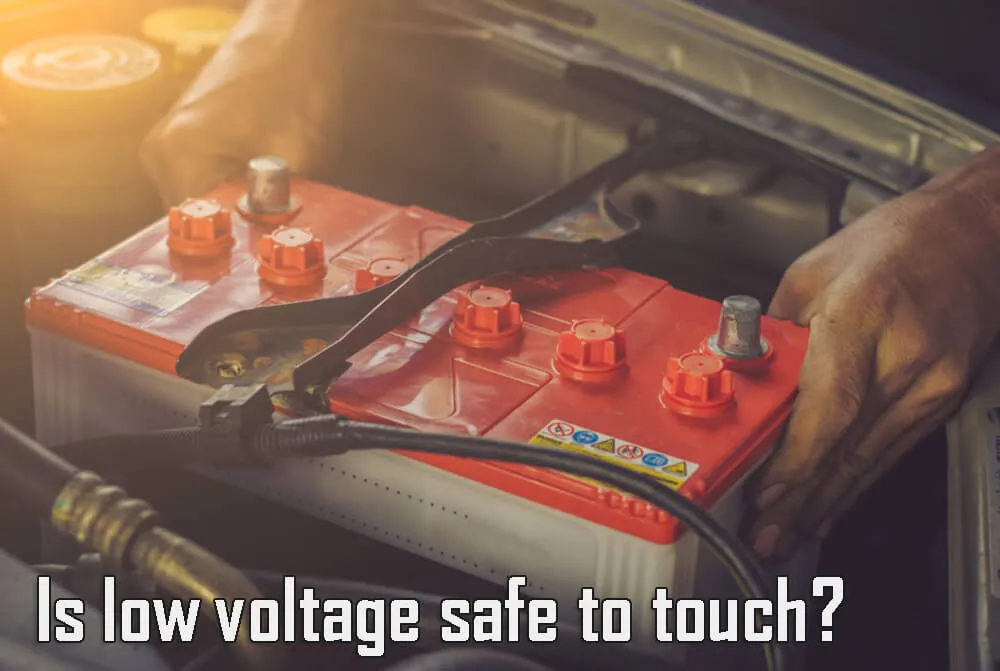Definition of low voltage battery and usage instructions

What voltage is low voltage
Low voltage is simply defined as the lowest acceptable voltage range for any number of devices, appliances, or grid power lines. The exact range differs across countries as most international bodies have a different range applicable to them. But the most widely acceptable low voltage range is anywhere below 50 volts. These low voltages include levels such as 6v, 12v lithium ion battery, 24v, and 48v. The combination of these volt ranges could vary depending on the product or devices that are being used.
Low voltage is usually supplied to small or portable devices and can either be supplied by batteries or a grid-connected transformer that steps down high voltages to the required low voltage range of the devices in use.
Application of low voltage products
Low voltage products can used in a wide range of applications. Some of these include home appliances such as low voltage light bulbs, sockets, doorbells, thermostats, garage door opener controls, alarm system controls, and much more. Common lithium golf cart batteries, hoverboard batteries are also low voltage batteries.
They can also be used in commercial applications such as low voltage security systems, fire alarm systems, communications systems, sound systems, and much more.
What is the difference between a high voltage and low voltage battery
As the name implies, high voltage is different from low voltage in that its levels are much higher, and the devices or equipment that uses it require that high voltage level. For instance, compared to low voltage batteries, a high voltage battery would support higher load demands for any device it is compatible with. This could mean voltage levels as high or higher than 300V.
Also, high voltage systems can charge, discharge and supply load surges much quicker than low voltage systems. There is also a stark difference between the kinds of devices and equipment that use low and high voltages. Smaller portable devices are known to demand low voltage but high voltage demands are usually meant for power lines that transmit electricity or certain high load demanding equipment or devices. For example, 384V 50Ah UPS lithium ion battery is one of high voltage standard products.
Does low voltage use less electricity
This is not necessarily the case when dealing with high or low voltage levels. The use of electricity is determined or calculated in Watts or watt-hours which is a measure of how many watts of electricity a device or home uses per hour. These watt-hour levels function regardless of the voltage levels and thus, the high or low voltage doesn’t mean the use of less electricity.
Is high or low voltage better
As we’ve established, both high and low voltage levels function in different categories and applications but that doesn’t necessarily mean one is better than the other.
For instance, high voltage is commonly used to transmit power across long distances, this is mainly because it increases efficiency. Energy in the form of electricity is lost when transmitted across long distances and using high voltage reduces or minimizes this loss as opposed to low voltage energy transmission. In the end, a transformer steps down this high voltage to lower voltages to be used by homes or low voltage appliances.
However, the high degree of electricity carried by high voltage power lines makes it more dangerous compared to low voltage electricity. This is because the high voltage is more prone to generating electrical arcs and thereby, causing harm or injury if handled incorrectly. This doesn’t mean low voltage electricity isn’t dangerous, but it is less so when compared to high voltages. In essence, high voltage is better for electrical transmission while low voltage is preferred for home use.
What happens when battery voltage gets too low
When a battery is experiencing low voltage it could be one of a number one reasons which include;
● Old Age: A low voltage battery could simply just be old after being used for long and simply needs to be replaced.
● Overcharging: Constantly overcharging and discharging a battery would damage it in the long run leading to a reduced voltage level much lower than the manufacturer’s recommended level.
● Damage: A damaged battery could lead to corrosion or sulfation, all of which would cause a low voltage level within the battery. Also, faulty parts such as a bad alternator or terminals or a bad charger could lead to damage to the battery causing low voltage levels.
Ultimately, when a battery’s voltage levels get too low it becomes ineffective and may damage any device it is used with hence, should be replaced.
What is low voltage on a 12-volt battery
Each 12V battery brand has a predetermined voltage level that it must not drop below else it becomes too low to be effective. For most 12v batteries, the peak level is between 12.3V to as high as 14V. If the battery were to drop below 11V it is considered to be of low voltage. This should be avoided as it would effectively damage the battery and render it ineffective.
Is low voltage safe to touch
Although low voltages are not as dangerous as high voltage, they still do pose a reasonable threat of shock to humans. As little as 6V can shock a person, although not enough to cause harm or injury, it would still be quite painful. But even low voltages of 24V to 48V could still cause very painful shocks and may even lead to injuries.
In essence, even low voltage devices aren’t safe to touch with bare hands and should always be handled with Care.
What happens if you charge a battery with a lower voltage
Charging a battery using a lower voltage may cause damage to the battery as the voltage isn’t sufficient enough to give the required charge. But for smart batteries like lithium-ion, if a lower voltage is used, the battery simply won’t charge altogether to protect itself from damage.



























